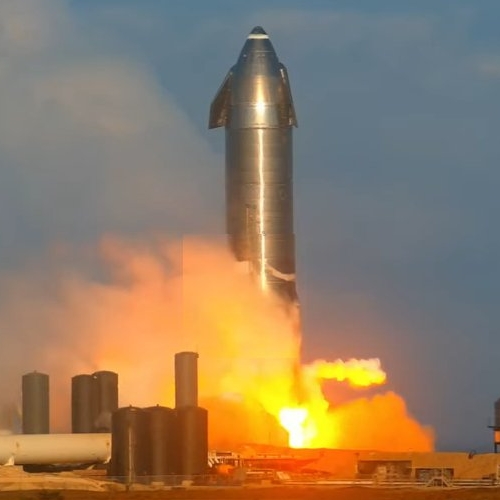Rocket Lab about to go public
Capitalism in space: According to news reports today, the smallsat rocket company Rocket Lab is about to sign a deal that will make it a publicly traded stock in a merger with a venture capital company.
The Wall Street Journal reported today talks between the company and Vector Acquisitions Corp were nearing completion and could be finalised with 24 hours, and was expected to see Rocket Lab raise another $650 million in cash from other private investors.
Vector is a special-purpose acquisition company, a vehicle that recruits investors and lists before pursuing a business to buy. Vector, backed by tech private equity firm Vector Capital, raised $400m on launch in September.
Rocket Lab is one of a cluster of spaceflight operators jostling for global market share in the smaller-launch market, where the focus is on achieving reliable delivery of small cargoes to lower earth orbits. Any listing would catapult Rocket Lab – whose Mahia spaceport has delivered nearly 100 satellites into orbit – into the top rank of New Zealand companies, and represents a huge blow for the local NZX. With a valuation of $5.7b, it would have ranked as one the 10 largest companies on the national exchange.
According to Rocket Lab, it is not a New Zealand company but based in the U.S., despite the bulk of its operations being in New Zealand.
I will not be surprised it Rocket Lab’s stock price quickly rises once available for purchase. Unlike Virgin Galactic, this is a real company with a real product producing real profits. It is also very well placed to garner a healthy share in the emerging launch market of smallsats that is now arriving on the scene. The company is about to initiate launches from its second launchpad at Wallops Island in the U.S., which will also allow it to finally accelerate its launch pace to the promised twice a month pace it has been promising for the last two years.
Capitalism in space: According to news reports today, the smallsat rocket company Rocket Lab is about to sign a deal that will make it a publicly traded stock in a merger with a venture capital company.
The Wall Street Journal reported today talks between the company and Vector Acquisitions Corp were nearing completion and could be finalised with 24 hours, and was expected to see Rocket Lab raise another $650 million in cash from other private investors.
Vector is a special-purpose acquisition company, a vehicle that recruits investors and lists before pursuing a business to buy. Vector, backed by tech private equity firm Vector Capital, raised $400m on launch in September.
Rocket Lab is one of a cluster of spaceflight operators jostling for global market share in the smaller-launch market, where the focus is on achieving reliable delivery of small cargoes to lower earth orbits. Any listing would catapult Rocket Lab – whose Mahia spaceport has delivered nearly 100 satellites into orbit – into the top rank of New Zealand companies, and represents a huge blow for the local NZX. With a valuation of $5.7b, it would have ranked as one the 10 largest companies on the national exchange.
According to Rocket Lab, it is not a New Zealand company but based in the U.S., despite the bulk of its operations being in New Zealand.
I will not be surprised it Rocket Lab’s stock price quickly rises once available for purchase. Unlike Virgin Galactic, this is a real company with a real product producing real profits. It is also very well placed to garner a healthy share in the emerging launch market of smallsats that is now arriving on the scene. The company is about to initiate launches from its second launchpad at Wallops Island in the U.S., which will also allow it to finally accelerate its launch pace to the promised twice a month pace it has been promising for the last two years.


